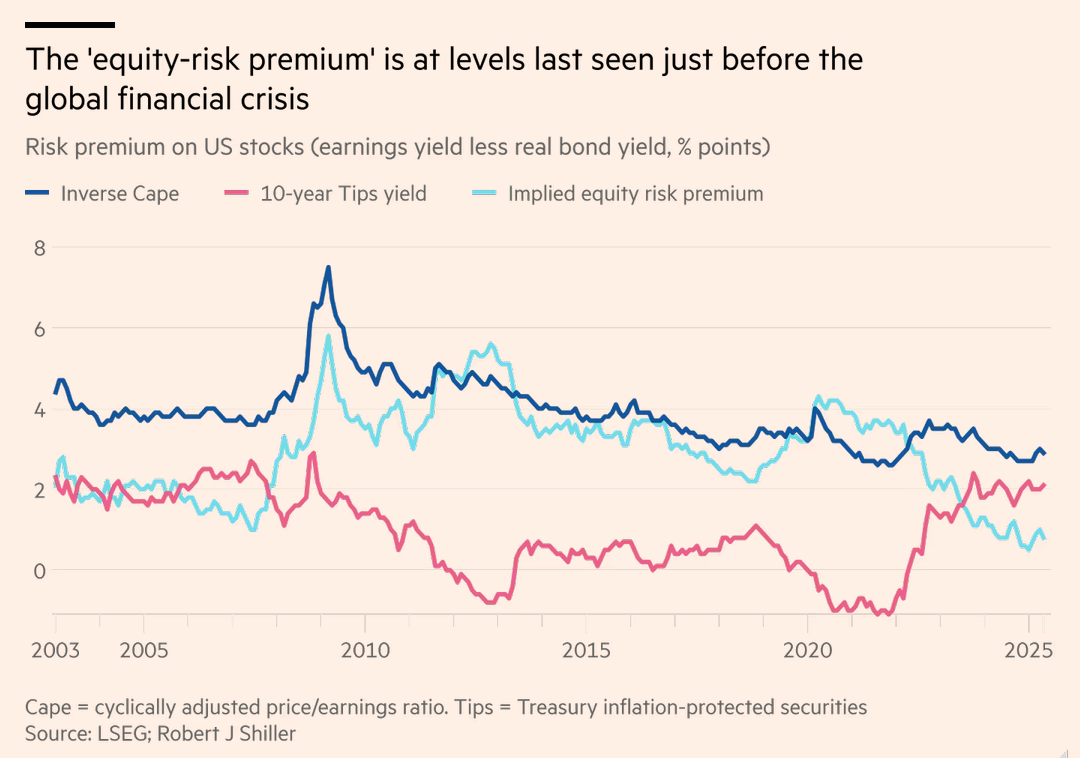A recent article in Home Media Magazine – citing research firm SNL Kagan – calls into question the growth rate of 3DTV:
Sales of 3DTVs are projected to actually decline in 2011 as issues surrounding a universal standard, eyewear, dearth of content and price resolve themselves, according SNL Kagan.
Principal 3DTV drivers include live sports and ongoing (though waning) interest in theatrical 3D movies.
3DTV households should top 1.8 million by the end of the year, or 2% of the overall market. The net gain of 1.4 million households is based on an estimated retail sellthrough rate of 75% (up from 35% in 2010) as retail prices drop about 6% to $1,623 per unit. (The retail sellthrough rate compares the amount of inventory a retailer receives from a manufacturer or supplier against what actually is sold to the consumer.)
Kagan said 3DTV household penetration would rise from 5% at the end of 2012 to 21% by 2015 as the SRP falls 21% to $1,195 from $1,511.
CEA research suggests a very different picture for 3DTV (pun intended). According to CEA’s recently published 13th Annual Ownership and Market Potential Study 3DTVs are now owned by 3% of US households. Kagan suggests this figure will only reach 2% by the end of the 2011. In addition to household surveys, CEA also tracks 3DTV unit volume. CEA receives these data directly from the 3DTV OEMs each month. CEA’s estimated 3% ownership rate aligns with the number of 3DTVs that have shipped from OEMs over the last 12 months. More, given the rate at which 3DTVs are currently selling – the household ownership rates for 3DTV will increase significantly in 2011 (compared to 2010). In the early life of a product, it is common to see relatively low units per household. It is only as a product begins to reach mass adoption and ultimately begin to mature that we see higher unit ownership rates per household. In other words, in the early life of a product most unit sales are going to new households and corresponding driving up household ownership rates on a nearly one-for-one basis.
While Kagan suggests a large different in the sell-through rates of 3DTVs between 2010 and 2011, they muddy the water and fail to grasp how retailers behave. In the current environment – retailers won’t (and don’t) take stock of products that aren’t selling through over an extended period of time. Just over the last two months, unit volume of 3DTV is up nearly 200% over the same period a year-ago. This growth rate ONLY typifies and is consistent of product that is experiencing corresponding sale-through growth rates.
In making their claims, Kagan fails to understand the current TV landscape. While topline unit volume is declining – consistent with our January projections – certain segments within TVs are doing well. Higher-end TVs have sold well over the prior few months and these growth rates are showing little sign of abating. Even if they did slow significantly it is hard to fathom they could show negative unit volume for the year. In January CEA had projected 3DTV unit volume in 2011 would grow slightly from roughly 1.1 million units to 1.9 million units. Already year-to-date, the industry has sold nearly 40% of that annual estimate. But new products are heavily influenced by Q4 seasonality. If 3DTV were to slow sharply in 2011 it would have to break seasonal variation in a way I’ve never seen a nacent technology do.
In the current TV landscape 3DTVs are synomous with high-end TVs as many of the 3DTV OEMs have made their highest-end models 3DTVs. SNL Kagan rightly suggests Internet-enabled TVs will do well in 2011. In fact, according to the monthly data CEA received from TV OEMs, Internet-enabled TVs are up roughly 160% YTD compared to the same period last year. But it is important to note that many Internet-enabled TVs are 3DTVs and most/all 3DTVs are Internet-enabled TVs. In other words, some of the growth in Internet-enabled TVs is coming in the form of 3DTVs. SNL Kagan suggesting one grows while the other declines is implicitly suggesting a very specific Internet-enabled TV is growing while some of the highest-end models are actually shrinking.
None of these figures suggest why consumers are buying 3DTVs. Some consumers probably want the 3D functionality. Some consumers just want a high-end TV and in making that purchase end up with one having 3D functionality. This is a story we’ve told frequently over the last 3 years as we’ve watched this market segment develop. At the end of the day the data are what the data are – and its good to have real, actual data.
Perhaps the biggest mistake SNL Kagan makes is to suggest 3DTV unit volume will decline despite price declines in the category. Consumer tech has relatively elastic demand. Consumers respond to incentives and when prices drop consumer buy more. 3DTV prices are dropping and consumers are responding.
Despite all of the hype and all of the panning – 3DTV is on the exact trajectory we would expect a new segment like 3DTV to experience in the early years of its adoption by consumers.



